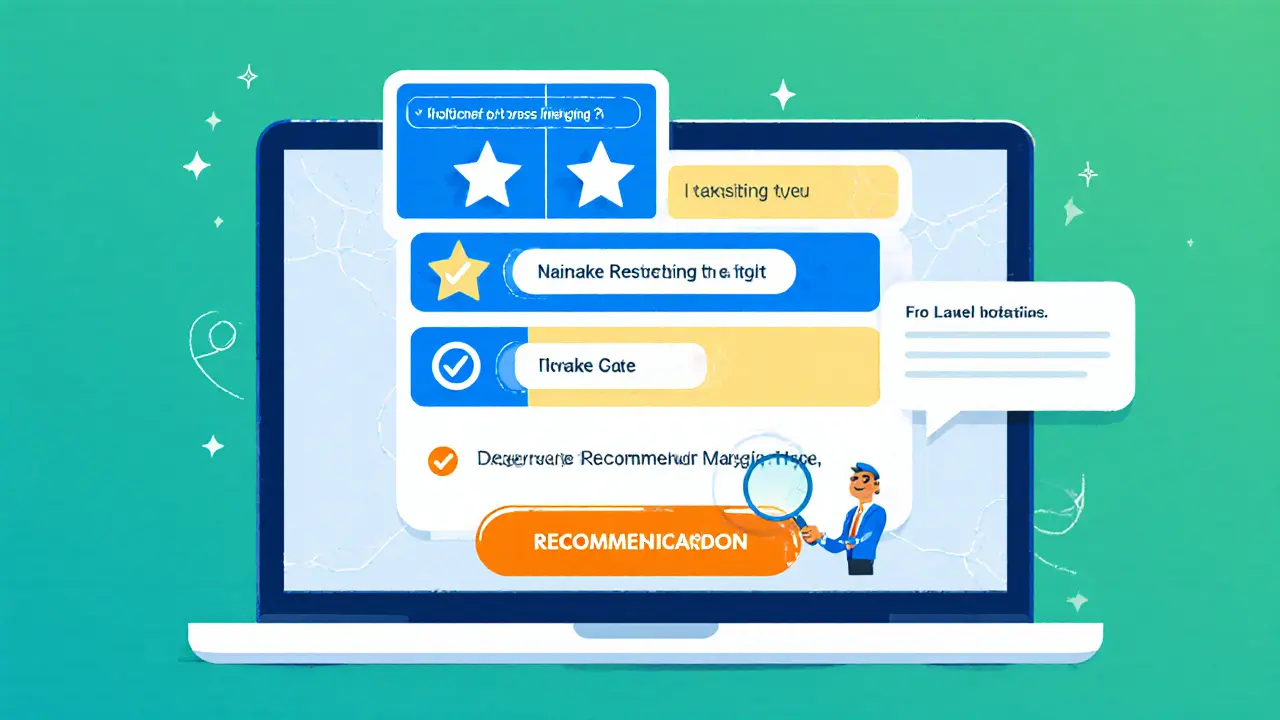Isolated Margin: A Practical Guide for Crypto Traders
When working with isolated margin, a margin mode that caps risk to the exact amount locked for each individual position. Also known as position‑specific margin, it lets traders protect the rest of their account from a single loss. Margin trading, borrowing funds to amplify exposure on crypto platforms often offers two modes: isolated and cross margin, where the entire balance backs every open trade. The choice directly influences liquidation, the forced closure of a position when collateral falls below a safety threshold and overall risk management.
Why Isolated Margin Matters
Isolated margin empowers traders to allocate only the capital they’re comfortable risking on a single contract, keeping the remainder safe for other strategies. This segregation reduces the domino effect seen in cross‑margin accounts, where a loss on one position can wipe out the whole portfolio. For newcomers, it offers a clear learning curve: you see exactly how much you stand to lose before the trade even opens. Experienced investors use it to test high‑volatility pairs without endangering their core holdings, balancing aggressive moves with a safety net.
Many major crypto exchanges, platforms where users buy, sell, and trade digital assets support isolated margin because it aligns with regulatory pressure to protect retail users. When a position hits its liquidation price, the exchange only seizes the allocated margin, leaving the rest of the account untouched. This behavior matches the principle that "margin mode influences liquidation risk," a core semantic link that traders should keep in mind while setting stop‑loss orders and monitoring maintenance margin levels.
Risk management tools such as real‑time margin calculators, alert bots, and tiered leverage settings become more effective in an isolated‑margin setup. By assigning a fixed collateral amount, you can precisely model potential outcomes and adjust leverage without fearing hidden exposure. Moreover, the isolated approach simplifies tax reporting: each position’s profit or loss is clearly defined, which aligns with the detailed guides on crypto tax compliance found in our collection.
Below you’ll find a curated set of articles that dive deeper into isolated margin mechanics, compare it with cross margin, explain liquidation triggers on popular exchanges, and offer step‑by‑step tutorials for setting up and monitoring isolated‑margin trades. Whether you’re just starting out or looking to fine‑tune a sophisticated strategy, the resources here will give you actionable insights to trade smarter.
Learn the key differences between isolated and cross margin in crypto trading, their pros and cons, and how to choose the best option for your risk style.



 Finance
Finance




